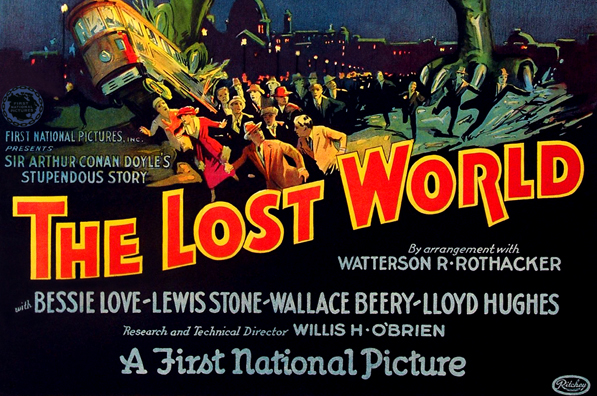So many hugely successful and talented musicians have died at age 27 that it almost seems reasonable to believe the number represents some mystical coefficient of talent and tragedy. But several decades before Jimi Hendrix, Janis Joplin, Jim Morrison, Kurt Cobain, or Amy Winehouse left us too soon, Robert Johnson—the man who pioneered selling one’s soul for rock and roll—died in 1938, at age 27, under mysterious and likely violent circumstances. He was already a legend, and his story of meeting Satan at the crossroads to make an exchange for his extraordinary talent had already permeated the popular culture of his day and became even more ingrained after his death—making him, well, maybe the very first rock star.
Johnson’s few recordings—29 songs in total—went on to influence Eric Clapton, Keith Richards, 27 club member Brian Jones and so many others. And that’s not to mention the hundreds of Delta and Chicago blues guitarists who picked Johnson’s brain, or stopped short of selling their souls trying to outplay him. But Johnson, begins the animated short above (which tells the tale of the bluesman’s infernal deal) “wasn’t always such an amazing guitarist.” Legend has it he “coveted the talents of Son House” and dreamed of stardom. He acquired his talent overnight, it seemed to those around him, who surmised he must have set out to the crossroads, met the devil, and “made a deal.”
The rest of the story—of Robert Johnson’s fatal encounter with the jealous husband of an admirer—is a more plausible development, though it too may be apocryphal. “Not all of this may be true,” says the short film’s title cards, “but one thing is for certain: No Robert Johnson, No Rock and Roll.” This too is another legend. Other early bluesmen like Blind Willie Johnson and Robert’s hero Son House exerted similar influence on 60s blues revivalists, as of course did later electric players like Muddy Waters, Howlin’ Wolf, and B.B. King. Johnson was a phenomenal innovator, and a singular voice, but his repertoire—like those of most blues players at the time—consisted of variations on older songs, or responses to other, very talented musicians.
Most of the songs he recorded were in this vein—with at least two very notable exceptions: “Cross Road Blues” (or just “Crossroads”) and “Me and the Devil Blues,” both of which have contributed to the myth of Johnson’s pact with Lucifer, including the part about the dark angel coming to collect his debt. In the latter song, animated in a video above, Satan comes knocking on the singer’s door early in the morning. “Hello Satan,” says Johnson, “I believe it’s time to go.” Much of what we think about Johnson’s life comes from these songs, and from much rumor and innuendo. He may have been murdered, or—like so many later stars who died too young—he may have simply burned out. One blues singer who claims she met him as a child remembers him near the end of his life as “ill” and “sickly,” reports the Austin Chronicle, “in a state of physical disrepair as though he’d been roughed up.”
Johnson scholar Elijah Wald describes his history like that of many founders of religious sects: “So much research has been done [on Johnson] that I have to assume the overall picture is fairly accurate. Still, this picture has been pieced together from so many tattered and flimsy scraps that almost any one of them must to some extent be taken on faith.” Johnson’s “spiritual descendants,” as Rolling Stone’s David Fricke calls his rock and roll progeny, have no trouble doing just that. Nor do fans of rock and blues and other artists who find the Robert Johnson legend tantalizing.
In the film above, “Hot Tamales,” animator Riccardo Maneglia adapts the myth, and quotes from “Crossroad Blues,” to tell the story of Bob, who journeys to the crossroads to meet sinister voodoo deity Papa Leg, replaying Johnson’s supposed rendezvous in a different religious context. In “Crossroad“ ‘s lyrics, Johnson is actually “pleading with God for mercy,” writes Frank DiGiacomo in Vanity Fair, “not bargaining with the devil.” Nonetheless—legendary or not—his evocation of devilish deals in “Me and the Devil Blues” and gritty, emotional account of self-destruction in “Crossroads” may on their own add sufficient weight to that far-reaching idea: “No Robert Johnson, No Rock and Roll.”
Related Content:
B.B. King Explains in an Animated Video Whether You Need to Endure Hardship to Play the Blues
Keith Richards Waxes Philosophical, Plays Live with His Idol, the Great Muddy Waters
Legendary Folklorist Alan Lomax: ‘The Land Where the Blues Began’
Josh Jones is a writer and musician based in Durham, NC. Follow him at @jdmagness.


